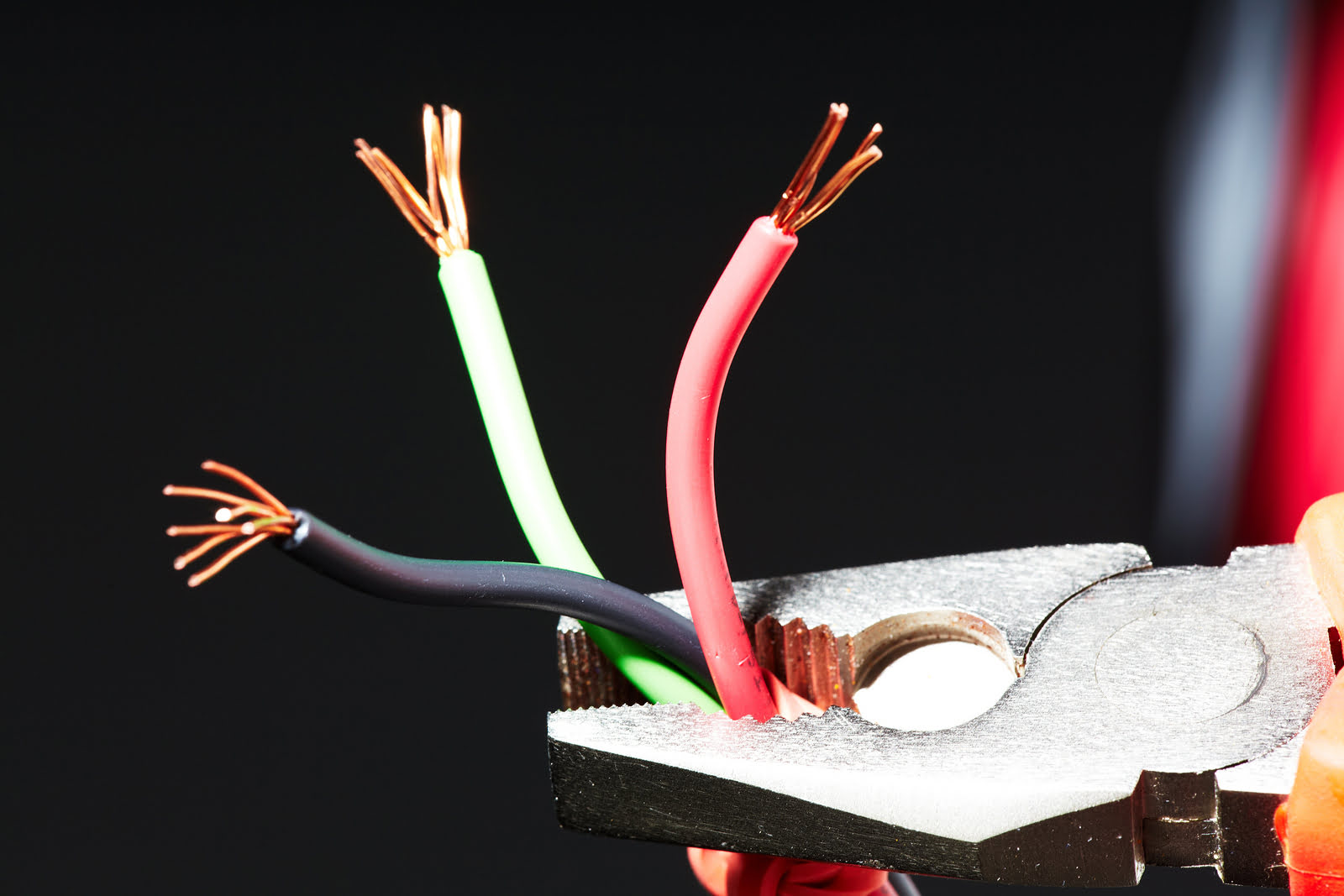

Articles
What Is Red In Electrical Wire
Modified: August 16, 2024
Discover the importance and uses of red electrical wires in our comprehensive articles. From understanding their meaning to their practical applications, learn everything you need to know.
(Many of the links in this article redirect to a specific reviewed product. Your purchase of these products through affiliate links helps to generate commission for Storables.com, at no extra cost. Learn more)
Introduction
Welcome to our comprehensive guide on the red wire in electrical wiring. In this article, we will explore the definition, usage, and significance of the red wire in electrical systems. Whether you’re a homeowner or a professional electrician, understanding the role of the red wire is crucial to ensure the safety and efficiency of your electrical circuits.
Electrical wiring consists of various colored wires, each serving a specific purpose. While most people are familiar with the commonly used black, white, and green wires, the red wire often raises questions and confusion. So, let’s dive into the world of the red wire and clear up any misconceptions.
Before we proceed, it’s important to note that electrical work should always be handled by a qualified professional. While this guide aims to provide helpful information, we strongly recommend consulting an electrician for any electrical repairs, installations, or modifications.
Key Takeaways:
- The red wire in electrical wiring serves as a crucial hot wire, facilitating the safe and efficient operation of various electrical systems, including three-way switches and 240-volt circuits.
- Understanding the significance of the red wire and adhering to safety precautions and regulations are essential for ensuring the proper installation and functioning of electrical circuits.
Read more: What Is The Red Wire On A Ceiling Light
Definition of Red Wire in Electrical Wiring
The red wire in electrical wiring refers to a specific colored wire that is commonly used in electrical systems. It is a hot wire, meaning it carries the current from the power source to the device or fixture being powered. The red wire is typically associated with the secondary phase of a split-phase electrical system.
In the United States, the standard color coding for electrical wires follows the guidelines established by the National Electrical Code (NEC). According to the NEC, the red wire is often used as the traveler wire in a three-way switch setup, where it connects the two switches together, allowing control of a single light or fixture from multiple locations.
It’s important to note that the color coding of wires may vary depending on the country or region. Therefore, it is essential to consult the local electrical code or the services of a licensed electrician to ensure compliance with the appropriate regulations.
Red wires are typically insulated with a colored coating to distinguish them from other wires in the electrical system. This helps electricians and homeowners identify and work with the wire correctly during installation, repair, or modifications.
It’s worth mentioning that the red wire may also be encountered in other electrical configurations, such as in 240-volt circuits or in wiring for specific devices that require a separate dedicated circuit. In these cases, the red wire would serve as one of the hot wires, carrying the electrical current to the connected device.
Red Wire Usage in Electrical Systems
The red wire has various applications in electrical systems, depending on the specific wiring configuration and function. Let’s explore some common uses of the red wire:
- Three-Way Switching: One of the primary uses of the red wire is in three-way switch setups. In these configurations, the red wire serves as the traveler wire, connecting the two switches together. This allows for control of a single light or fixture from multiple locations.
- 240-Volt Circuits: The red wire may also be found in 240-volt circuits, which are commonly used for appliances such as electric dryers, ranges, and air conditioners. In these cases, the red wire serves as one of the hot wires, carrying the higher voltage to the device.
- Switched Outlets: Red wires can be used in switched outlet installations, where a specific electrical outlet is controlled by a switch. The red wire serves as the switched hot wire, allowing the user to turn on or off the power to the outlet using the switch.
- Dedicated Circuits: Certain appliances or equipment may require a dedicated circuit, separate from the main electrical system. The red wire can be utilized as part of these dedicated circuits, supplying the necessary power and helping to prevent overloading the electrical system.
- Specialized Wiring: In some cases, specialized devices or systems may utilize the red wire for specific purposes. This can include alarm systems, intercom systems, or other low-voltage applications that require separate wiring for different functions or zones.
It’s important to consult the appropriate electrical code or a licensed electrician to ensure the correct usage of the red wire in specific electrical applications. Professional guidance is crucial to maintain safety and compliance with local regulations.
Significance of Red Wire in Electrical Circuits
The red wire plays a significant role in electrical circuits, offering several key advantages and functions. Understanding its significance is crucial for proper installation and operation. Here are some key points highlighting the importance of the red wire:
- Identification: The red wire serves as a recognizable marker in electrical circuits. Its distinct color allows electricians and homeowners to easily identify and differentiate it from other wires, promoting safety and accurate troubleshooting.
- Hot Wire Connection: As a hot wire, the red wire carries electrical current from the power source to the connected device or fixture. Its presence in a circuit indicates the flow of power and is essential for the operation of electrical systems.
- Control in Three-Way Switching: In three-way switch configurations, the red wire acts as a traveler wire, facilitating control of a single light or fixture from multiple switch locations. Its inclusion in these setups enables convenient and efficient lighting control.
- Support for 240-Volt Equipment: The red wire’s usage in 240-volt circuits allows for the safe and efficient operation of high-voltage electrical appliances. By providing one of the hot wires, the red wire enables the delivery of higher voltage levels required by certain equipment.
- Enhanced Safety: The red wire’s inclusion in dedicated circuits ensures that specific devices or appliances have their own dedicated power source. This prevents overloading of the main electrical system and reduces the risk of electrical hazards or malfunctions.
- Integration with Specialized Systems: Some specialized and low-voltage systems require separate wiring for different functions or zones. The red wire can accommodate these requirements, allowing for effective and efficient installation of systems such as alarms, intercoms, or audiovisual setups.
Understanding the significance of the red wire is crucial for both electricians and homeowners. It ensures the proper installation, operation, and maintenance of electrical circuits, promoting safety, efficiency, and compliance with applicable electrical codes and regulations.
When dealing with electrical wires, the color red typically indicates a live or hot wire. It is important to always use caution and follow proper safety procedures when working with red electrical wires to avoid the risk of electric shock or injury.
Safety Precautions and Regulations for Red Wire Installation
When working with electrical systems involving the installation of red wires, it is essential to prioritize safety and adhere to relevant regulations. Here are some important safety precautions and regulations to consider:
- Consult a Qualified Electrician: Electrical work should always be performed by a qualified electrician. Attempting to handle electrical installations or modifications without proper knowledge and expertise can lead to serious hazards, including electrical shocks, fires, or damage to equipment.
- Adhere to Local Electrical Codes: Familiarize yourself with the local electrical code requirements and regulations. Different regions may have specific guidelines concerning the installation and use of red wires and other electrical components. Ensure compliance with these codes to ensure the safety and legality of your electrical installations.
- Proper Wire Insulation: Ensure that the red wire, along with other wires, is properly insulated to prevent accidental contact with conductive surfaces or other wires. Insulation provides an extra layer of protection against electrical shocks and helps maintain the integrity of the circuit.
- Secure Connections: Use appropriate connectors, such as wire nuts, terminal blocks, or crimp connectors, to secure the connections between wires. Loose or faulty connections can result in poor electrical conductivity, overheating, or electrical arcing, posing safety risks.
- Avoid Overloading Circuits: When using the red wire in dedicated circuits or for high-voltage applications, ensure that the electrical system is properly sized to handle the load. Overloading a circuit can lead to excessive heat buildup, tripped breakers, or even electrical fires. Consult an electrician to determine the correct wire gauge and circuit capacity.
- Proper Grounding: In electrical systems, proper grounding is essential for safety. Ensure that the red wire, along with other wires, is connected to the appropriate grounding points or devices, such as grounding screws or grounding bars. This helps prevent electrical shocks and protects against electrical faults.
- Labeling and Documentation: Properly label and document the use of red wires and their corresponding purposes in your electrical system. This aids in future troubleshooting, maintenance, or modifications and helps other individuals working with the system understand the wiring layout.
Always prioritize safety when working with electrical systems and consult a licensed electrician for any electrical installations, repairs, or modifications. Adhering to these safety precautions and regulations ensures the proper functioning of the electrical system and reduces the risk of electrical hazards.
Read more: What Is 4 Wire Electrical Wire
Common Misconceptions about Red Wire in Electrical Wiring
The red wire in electrical wiring is often associated with confusion and misconceptions. Let’s address some of the common misunderstandings regarding the red wire:
- Red Wire Always Indicates Danger: While red is often associated with danger, it does not mean that the presence of a red wire in electrical wiring automatically indicates a hazardous situation. The color coding of wires serves to distinguish their functions, and the red wire can be perfectly safe when handled and installed correctly.
- Red Wire is Always “Hot”: While the red wire is commonly used as a hot wire, carrying electrical current, it doesn’t necessarily mean that all red wires are always live. The function and status of a wire depend on its specific application in the electrical system. Always exercise caution and use appropriate testing tools to determine the presence of electrical current.
- Red Wire is Exclusively Used for Switches: While red wires are commonly used in three-way switch setups, they have other applications as well. Red wires can be found in 240-volt circuits, switched outlets, or dedicated circuits for specific devices. Their usage is not exclusive to switches, and they can serve various functions in electrical systems.
- Red Wire is Universal Across Countries: The color coding of wires can vary between countries or regions. While red is a commonly used color for specific functions, it’s important to consult the local electrical code or regulations to understand the correct color coding practices in your area. Relying solely on the color of wires can lead to improper installations or confusion.
- All Red Wires Serve the Same Purpose: Red wires can have different functions depending on the specific wiring configuration. They can serve as travelers in three-way switches, conductors for high-voltage circuits, or switched hot wires for outlets. Understanding the purpose of each red wire in your electrical system is crucial for proper installation and operation.
It’s essential to approach electrical work with accurate knowledge and awareness. If you have any doubts or concerns regarding the red wire or any other aspect of electrical wiring, it’s best to consult a licensed electrician. They can provide the expertise and guidance needed to ensure safe and compliant installations.
Conclusion
In conclusion, understanding the role and significance of the red wire in electrical wiring is crucial for both homeowners and professional electricians. While it may raise questions and generate confusion, the red wire serves specific functions in electrical systems and plays an important role in ensuring safety and efficiency.
From three-way switch setups to 240-volt circuits and switched outlets, the red wire serves various purposes. It allows for convenient control of lighting, facilitates the safe operation of high-voltage appliances, and supports the implementation of specialized systems.
However, it’s important to note that misconceptions surrounding the red wire can lead to misunderstandings and potential risks. Understanding the correct usage, adhering to safety precautions, and following local electrical codes are paramount to a successful and secure electrical installation.
Always consult a qualified electrician for any electrical work, as they possess the knowledge and expertise to handle installations, repairs, or modifications. By doing so, you can ensure the proper functioning and safety of your electrical system.
In conclusion, the red wire serves as a valuable component in electrical wiring, providing necessary power connections and facilitating the efficient operation of electrical circuits. By embracing knowledge and adhering to safety guidelines, you can navigate the world of the red wire with confidence and ensure the reliable performance of your electrical system.
Ready to take your electrical knowledge outside the main house? If you've got the basics down about red wires, you're probably eager to apply your skills to bigger projects. Our upcoming article on how to run overhead electrical wire to a garage provides step-by-step instructions and essential safety guidelines. It's perfect for those looking to power up outdoor spaces or add convenience to their home workshops.
Frequently Asked Questions about What Is Red In Electrical Wire
Was this page helpful?
At Storables.com, we guarantee accurate and reliable information. Our content, validated by Expert Board Contributors, is crafted following stringent Editorial Policies. We're committed to providing you with well-researched, expert-backed insights for all your informational needs.
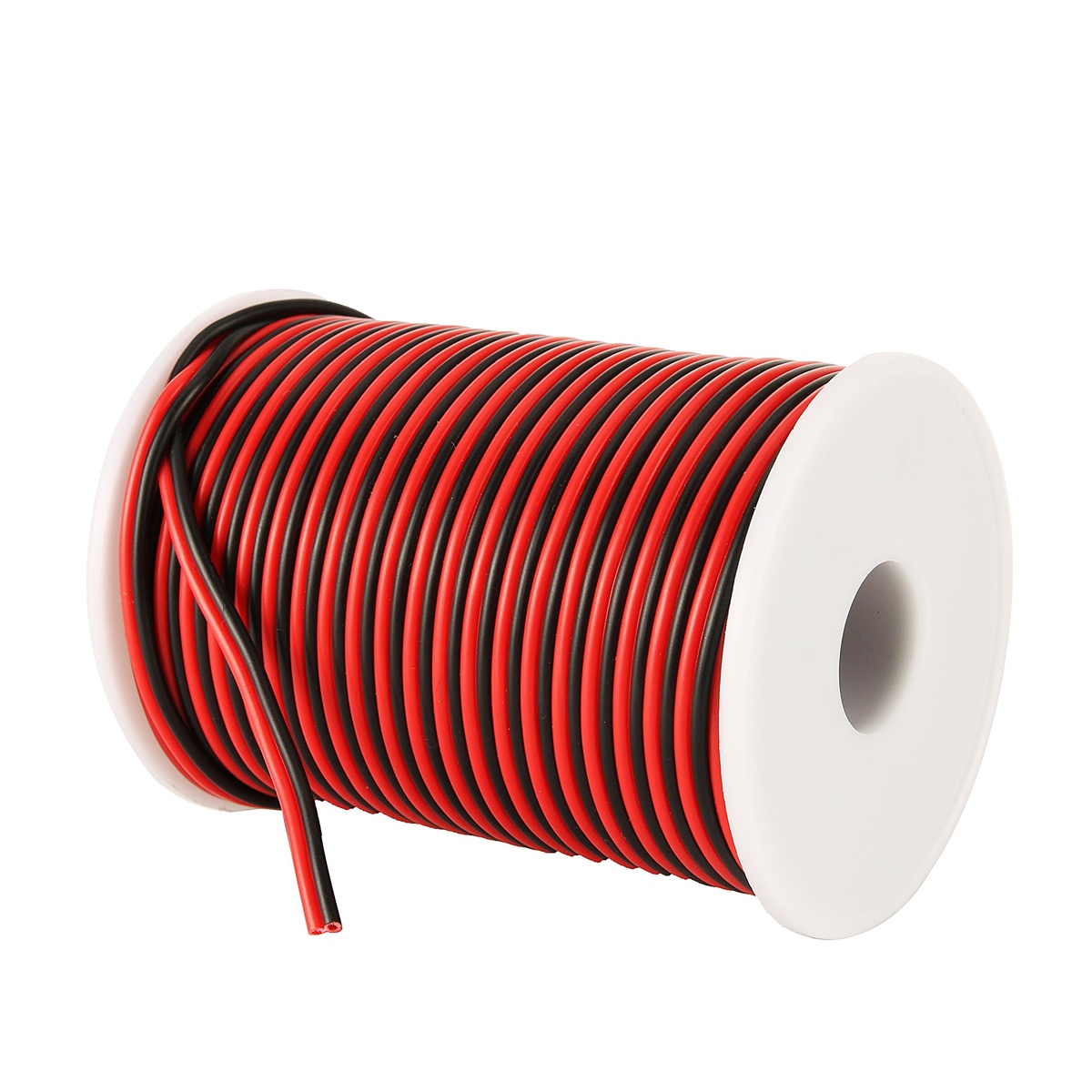
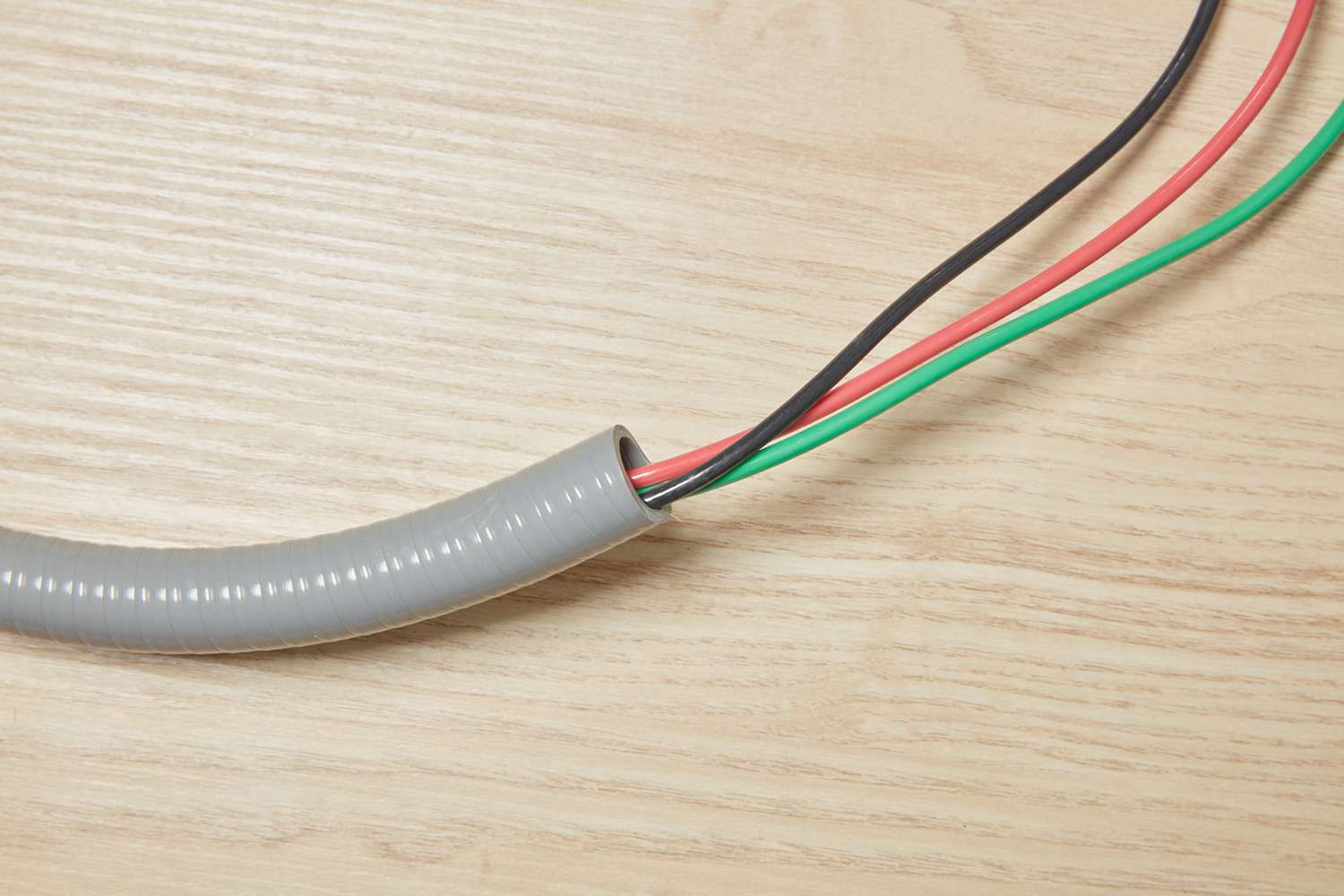


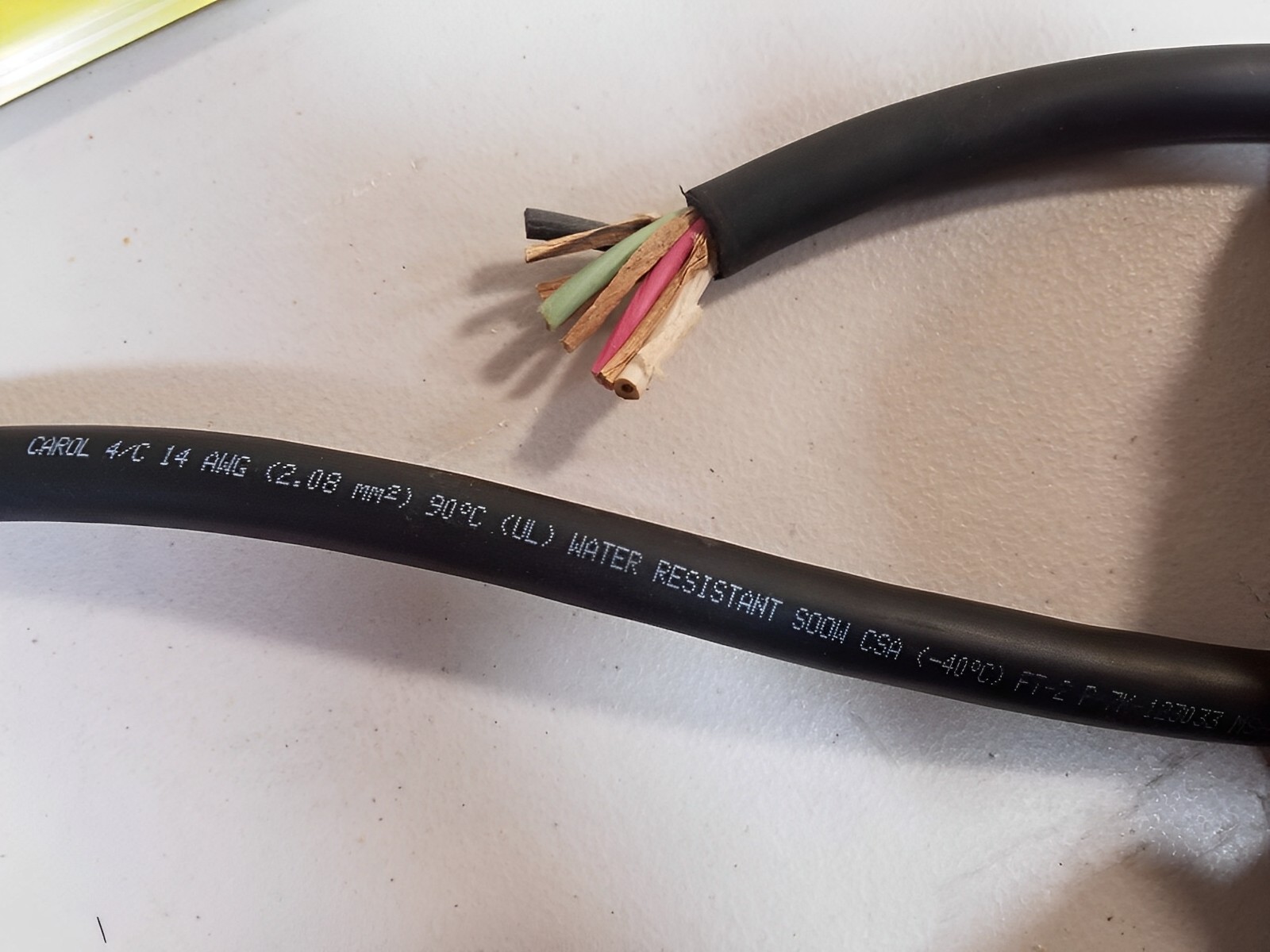

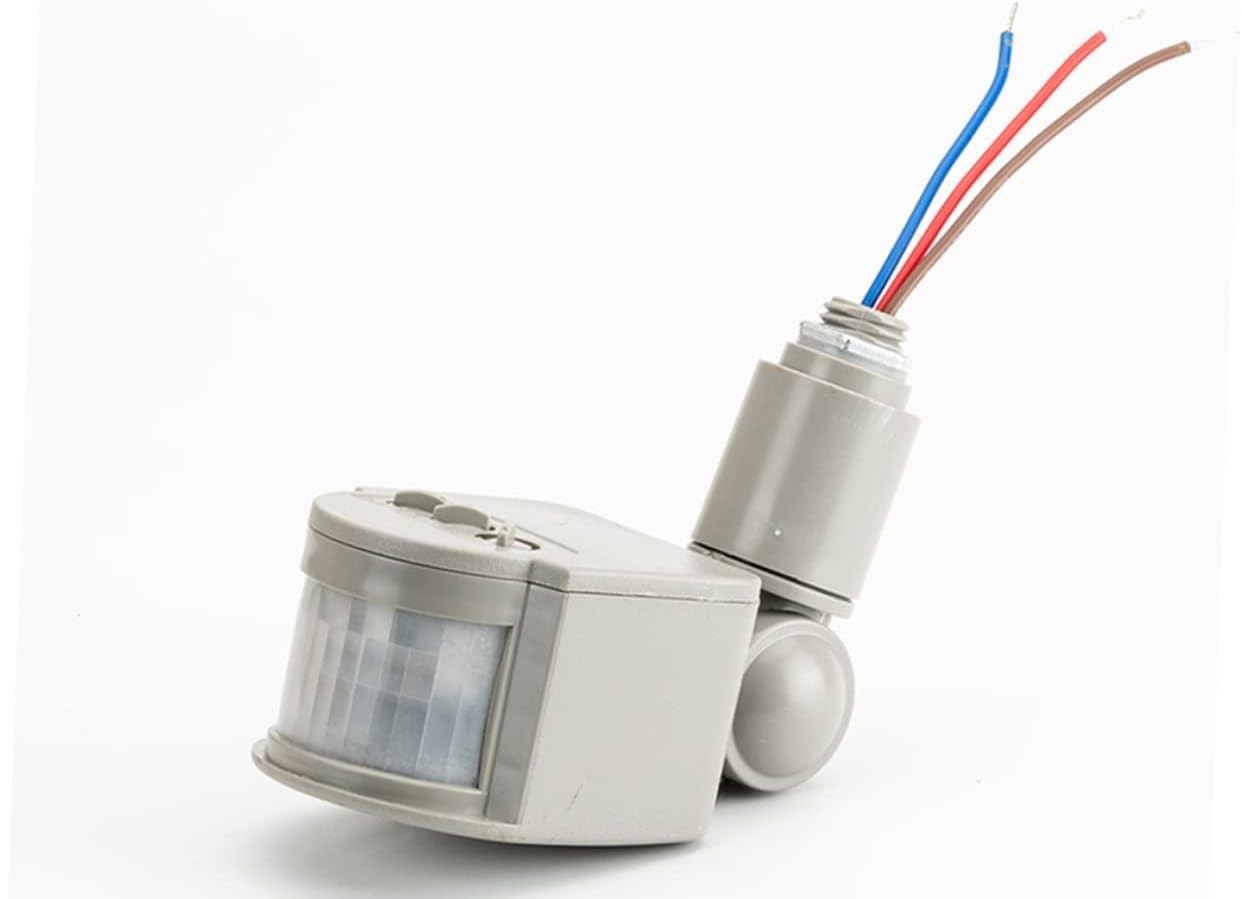


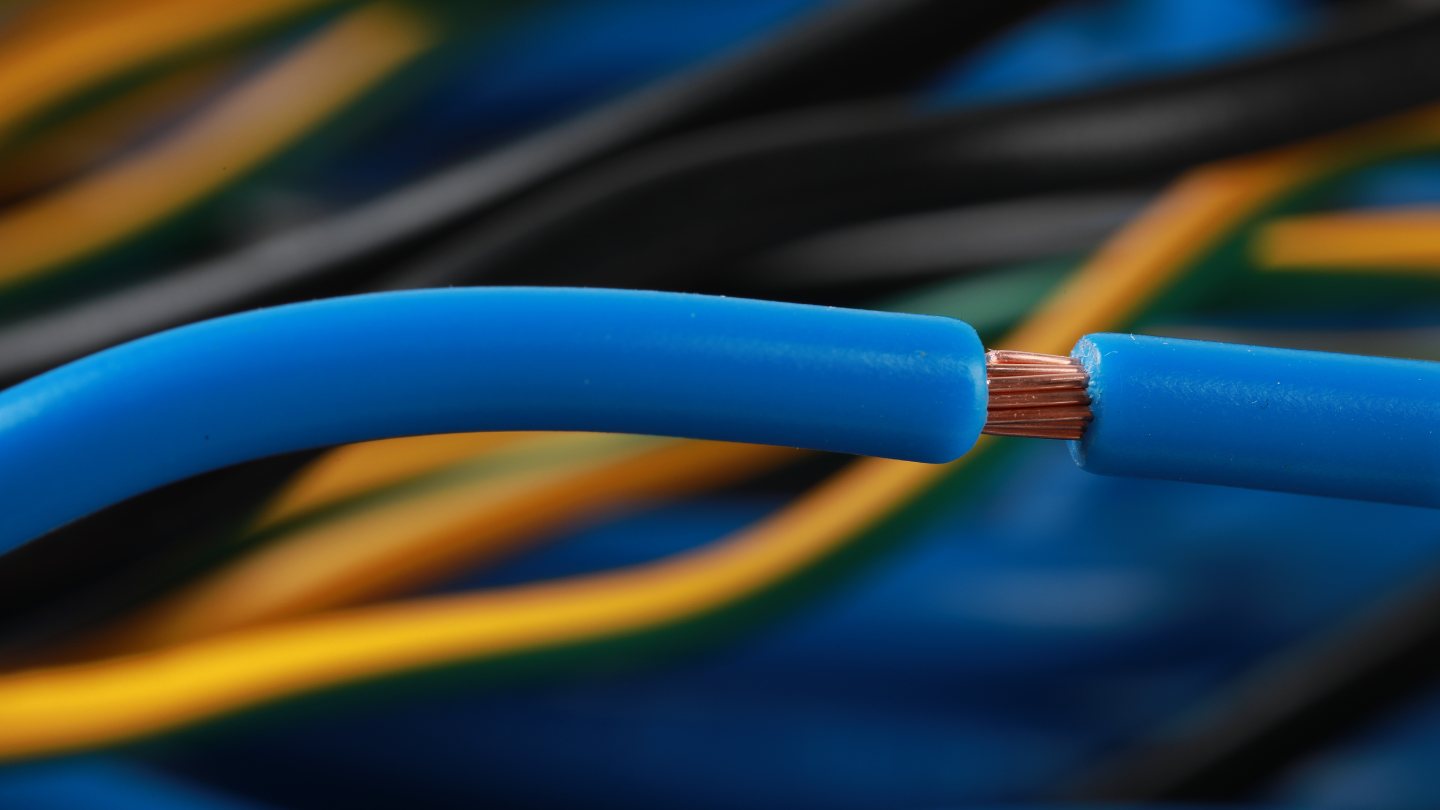
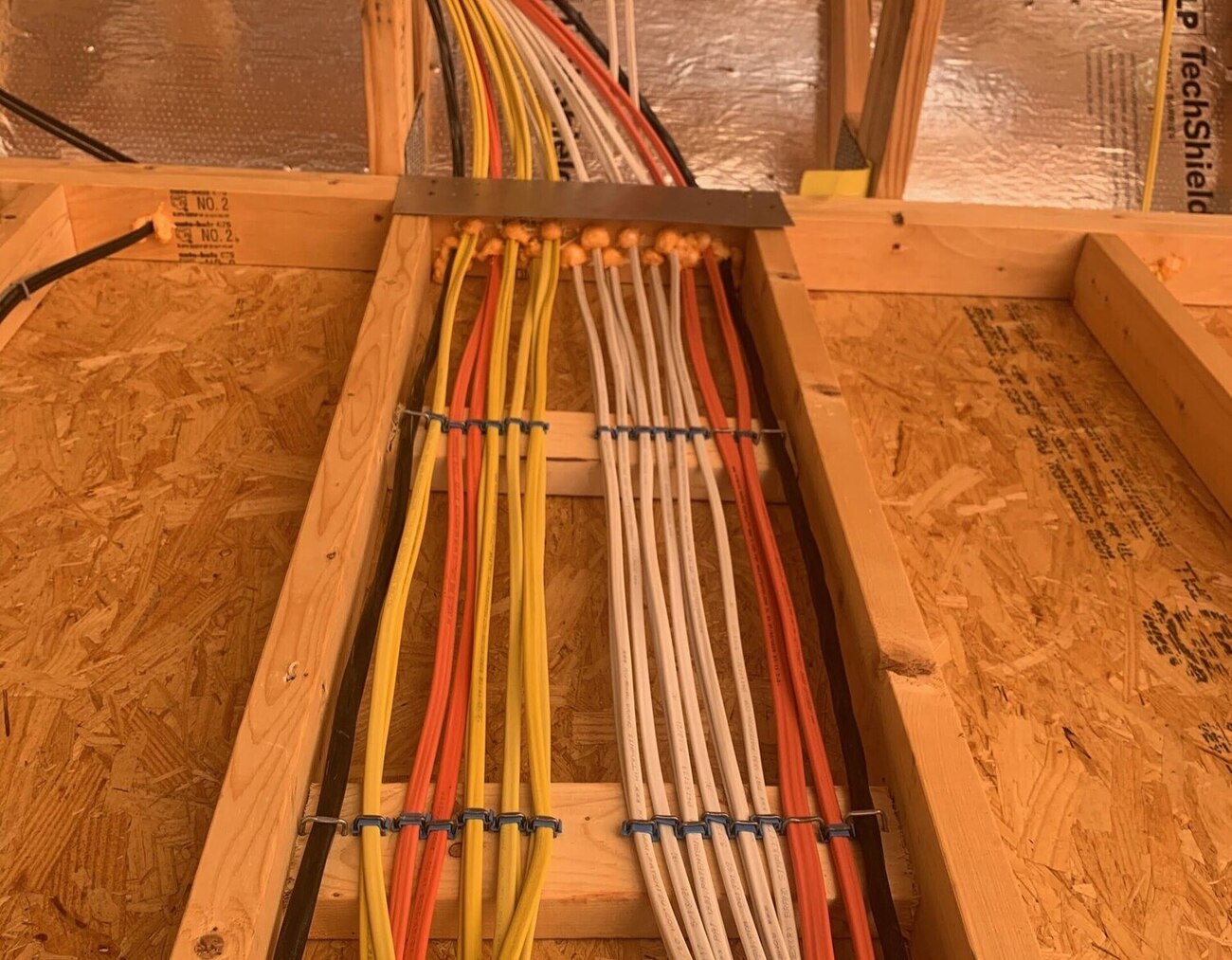
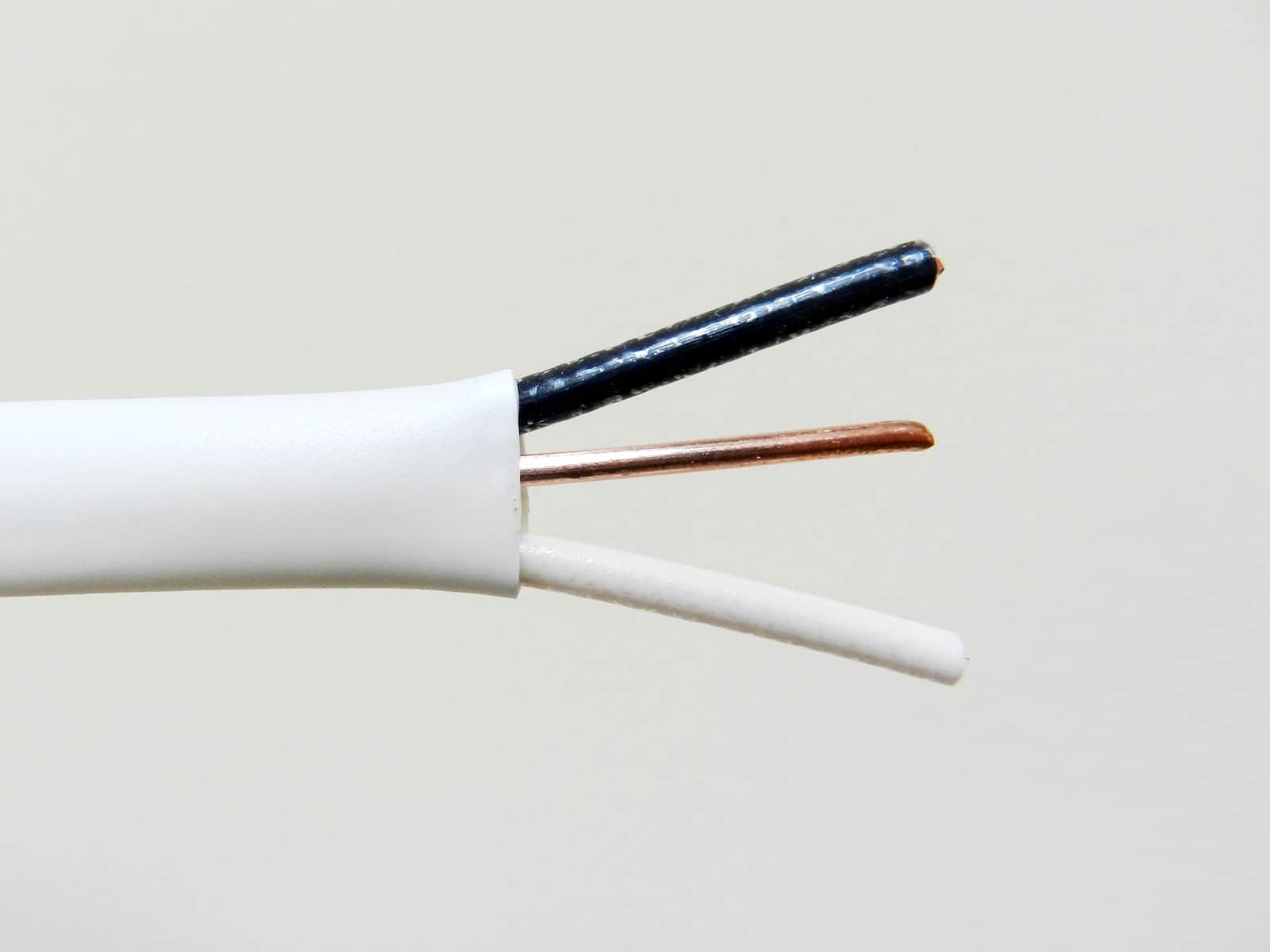
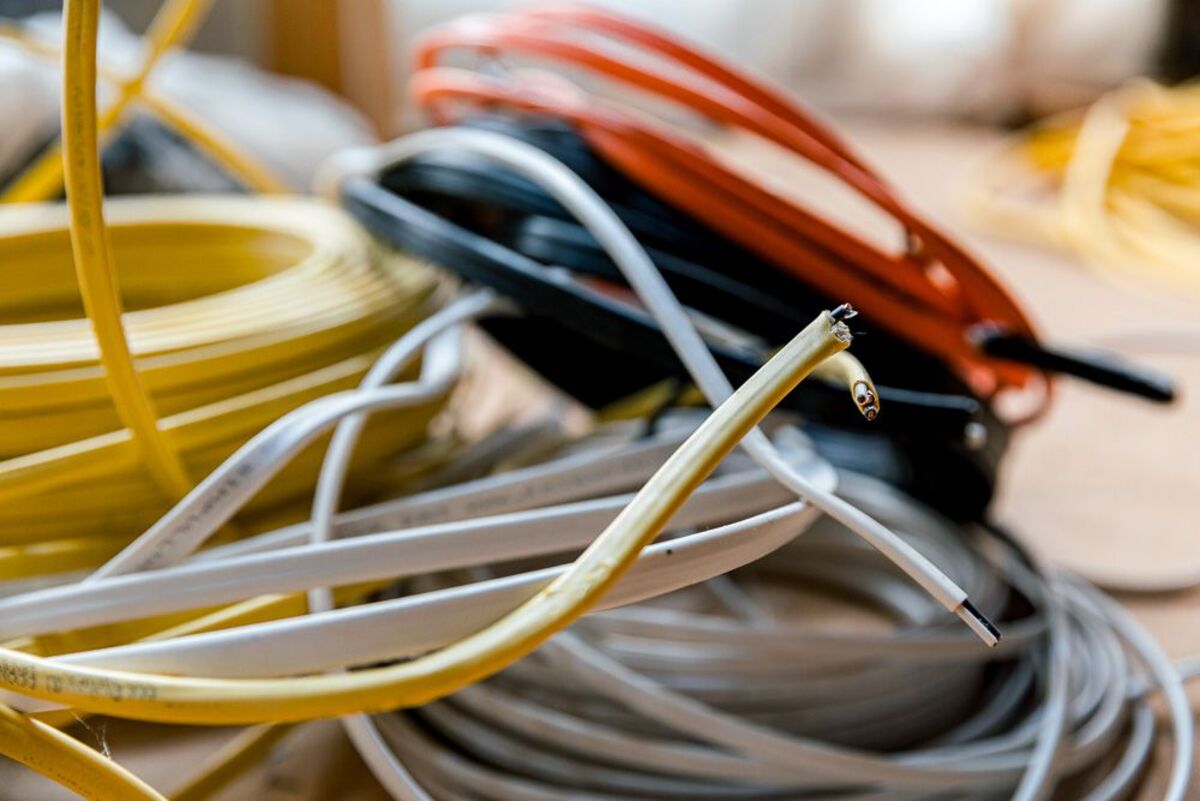
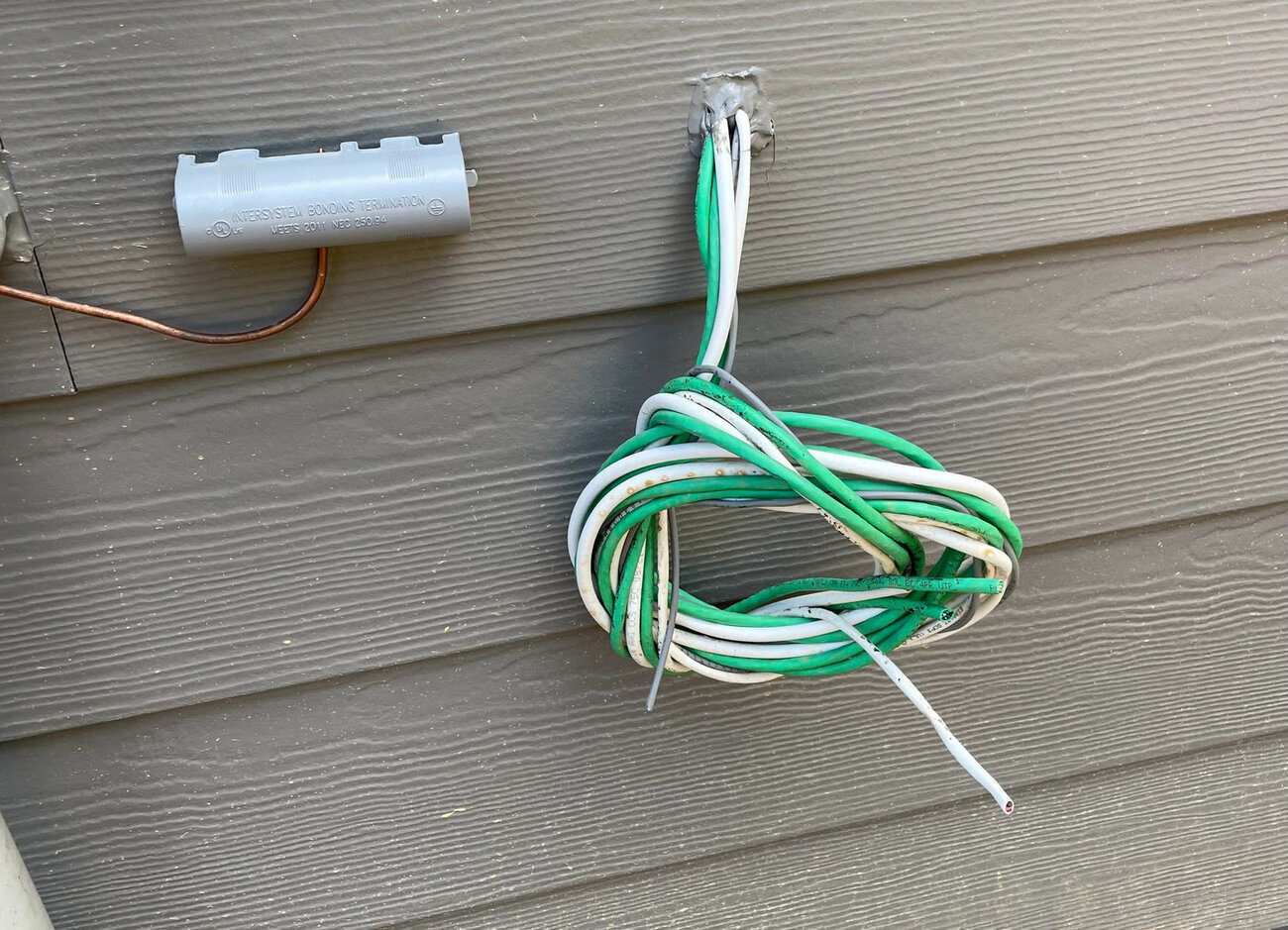

0 thoughts on “What Is Red In Electrical Wire”